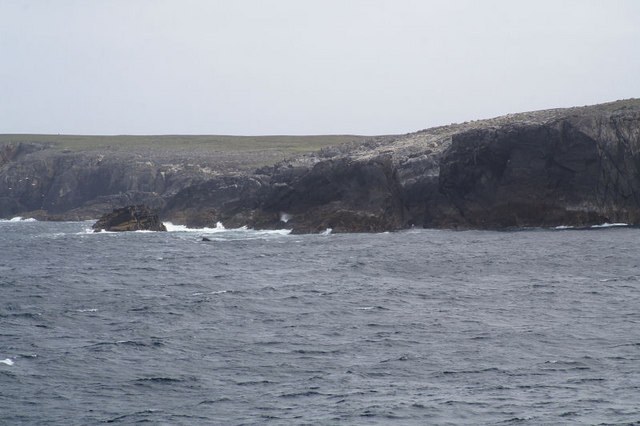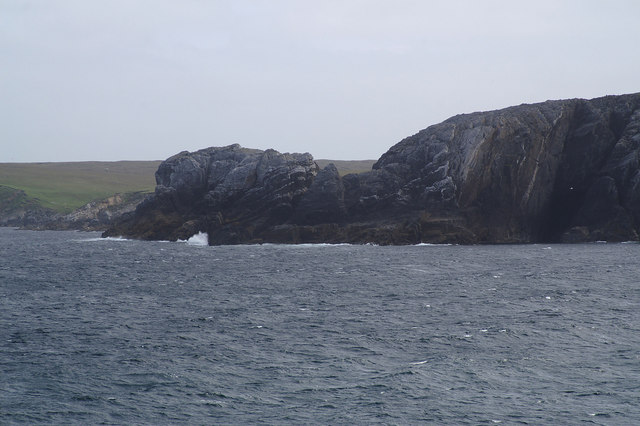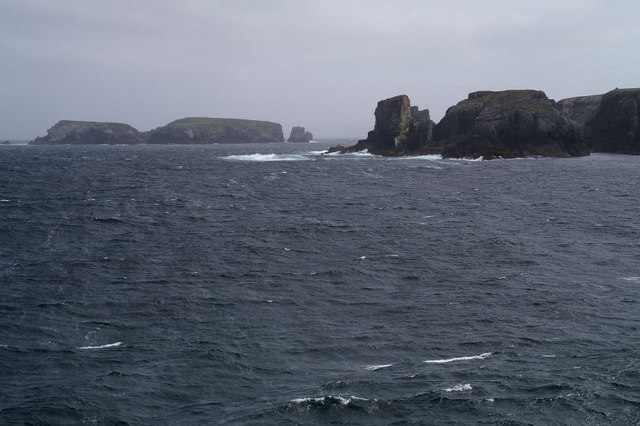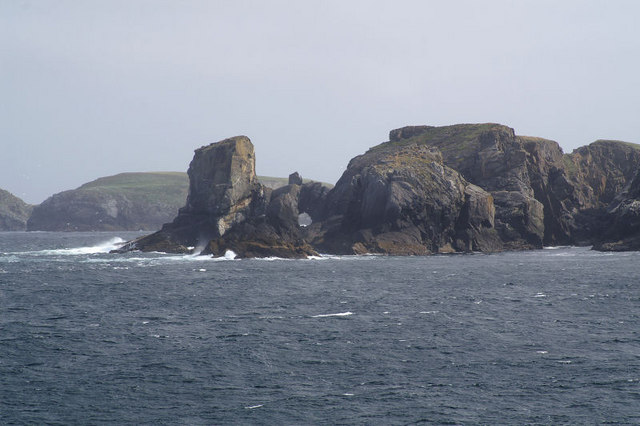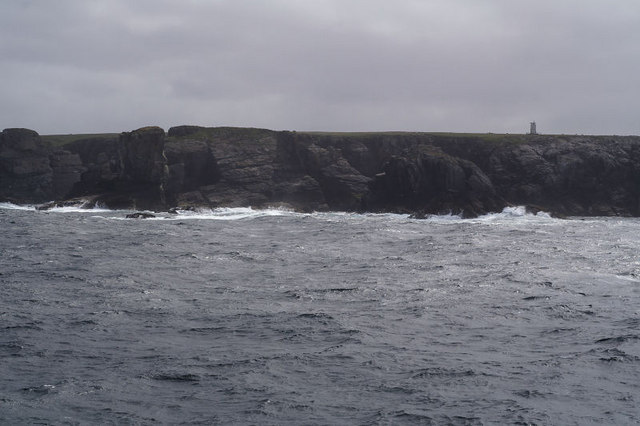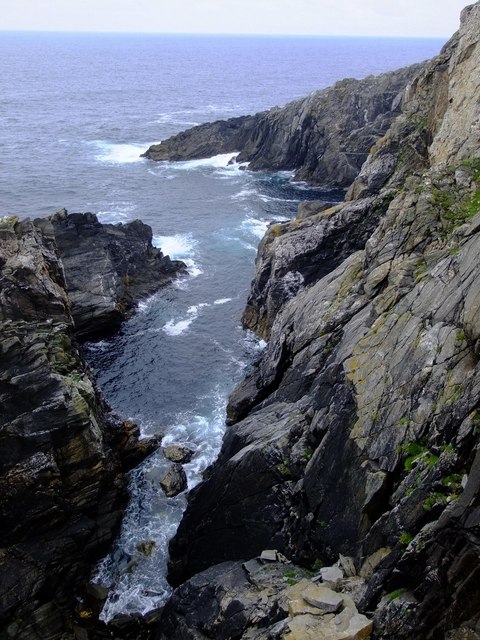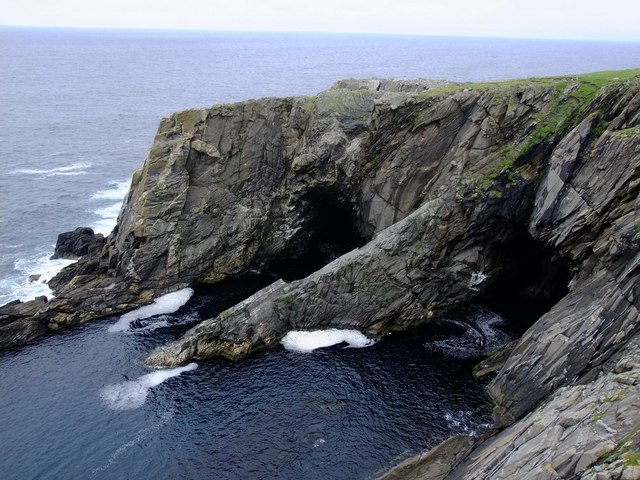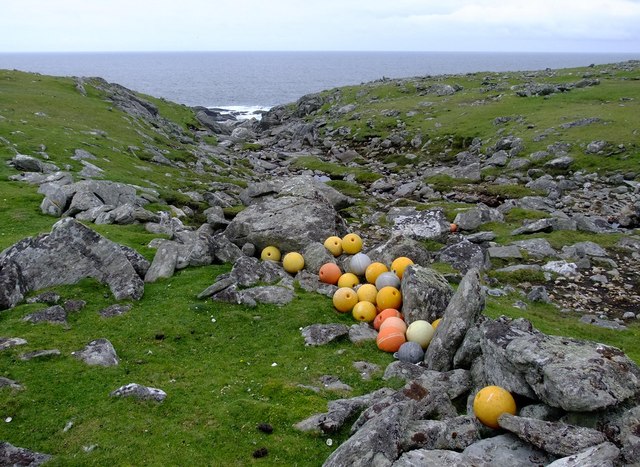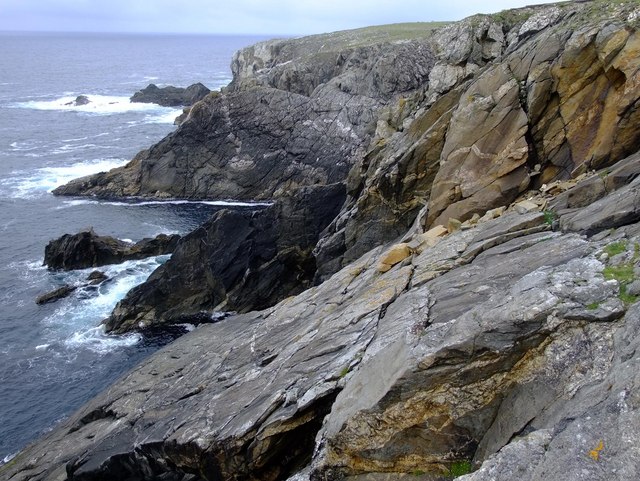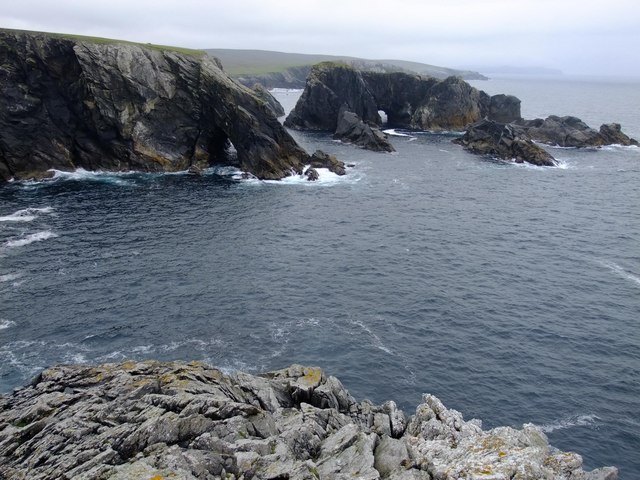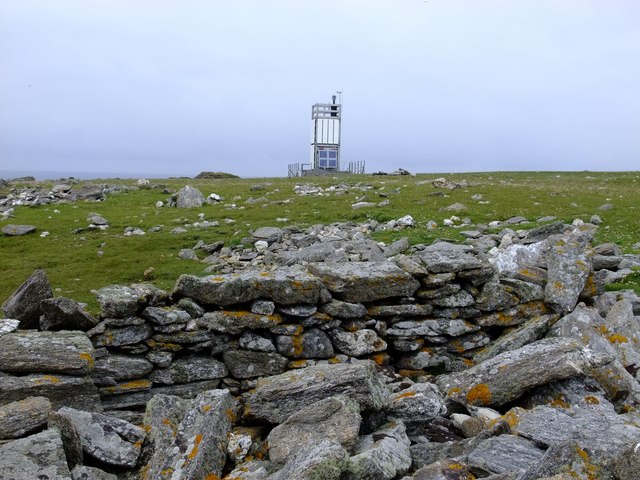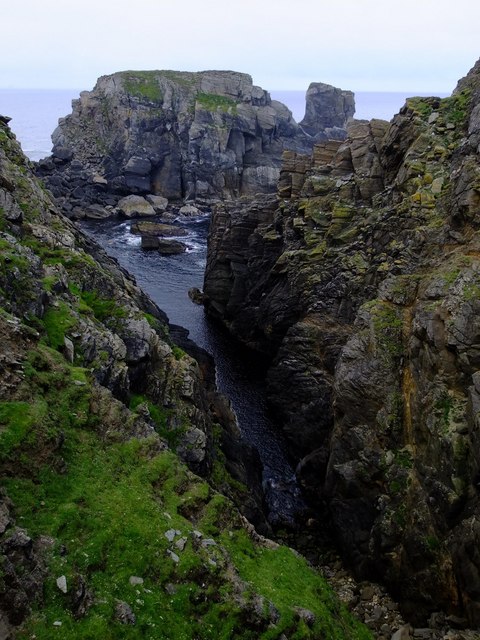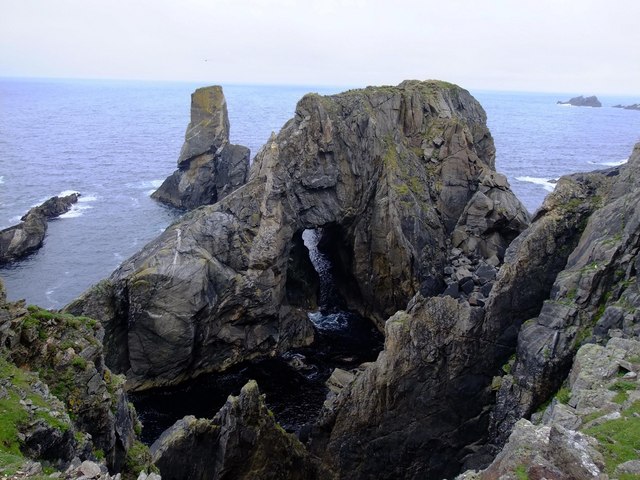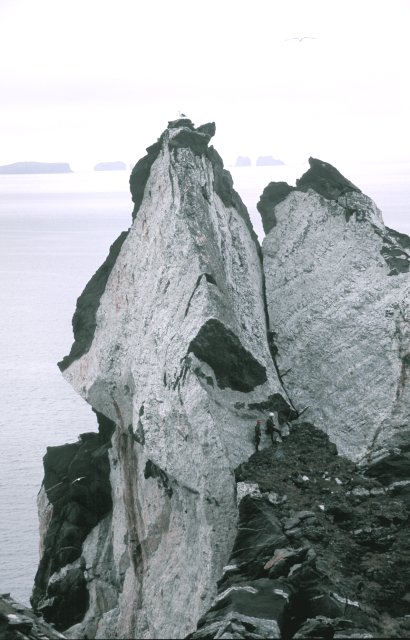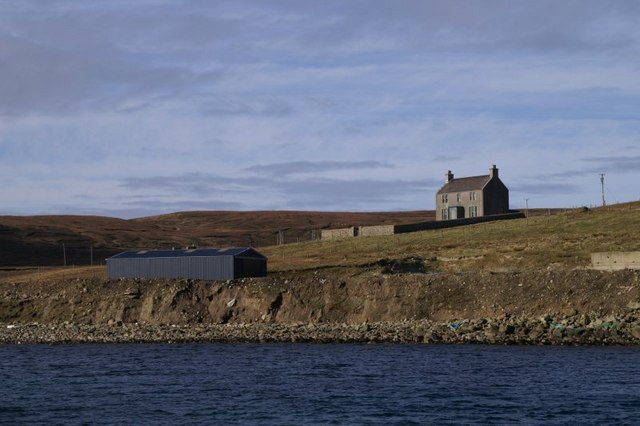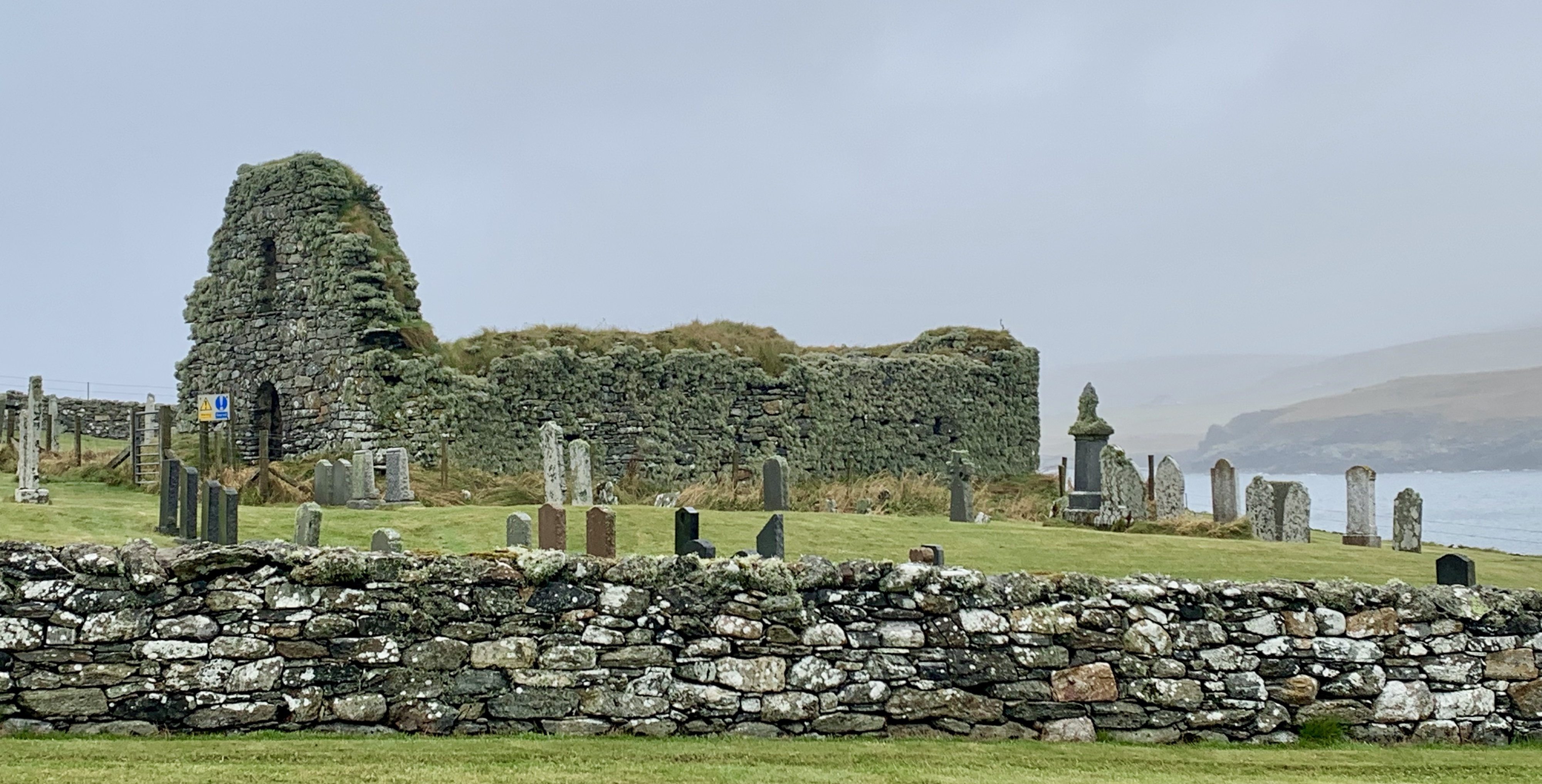Eegittle
Coastal Feature, Headland, Point in Shetland
Scotland
Eegittle
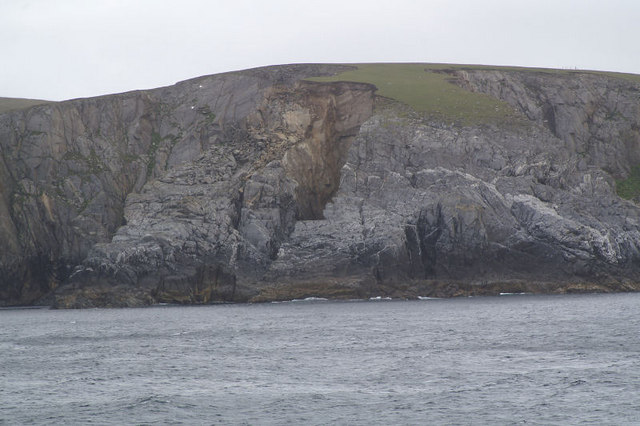
Eegittle is a small coastal headland located in the Shetland Islands, Scotland. Situated on the northernmost point of the mainland, it is known for its stunning natural beauty and rugged cliffs that overlook the North Sea.
This headland is characterized by its distinctive geological formations, with layers of sedimentary rock exposed along its cliffs. These rock formations provide a fascinating insight into the region's geological history, showcasing the effects of erosion and tectonic activity over millions of years.
Eegittle is a popular spot for birdwatching enthusiasts, as it serves as a nesting site for various seabird species, including puffins, guillemots, and razorbills. Visitors can often spot these birds perched on the ledges of the cliffs or flying above the crashing waves. The headland's location also makes it an ideal vantage point for observing marine wildlife, such as seals and dolphins, as they navigate the surrounding waters.
The headland offers breathtaking panoramic views of the surrounding coastline, with its sweeping vistas of rugged cliffs, sandy beaches, and turquoise waters. On a clear day, it is even possible to spot the distant islands of Yell and Unst from Eegittle.
Access to Eegittle is relatively straightforward, with a well-marked footpath leading from the nearby village of Haroldswick. The path takes visitors along the cliff edge, allowing them to fully appreciate the dramatic scenery and natural wonders that Eegittle has to offer.
Overall, Eegittle is a captivating coastal feature that showcases the raw beauty of the Shetland Islands. Its unique geological formations, diverse birdlife, and stunning views make it a must-visit destination for nature lovers and outdoor enthusiasts.
If you have any feedback on the listing, please let us know in the comments section below.
Eegittle Images
Images are sourced within 2km of 60.714486/-1.1278626 or Grid Reference HP4703. Thanks to Geograph Open Source API. All images are credited.
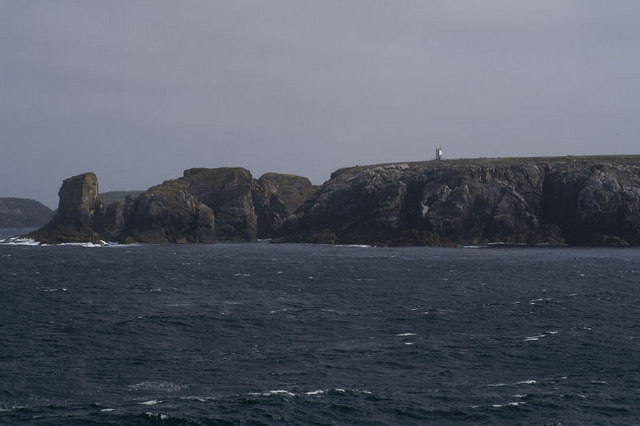
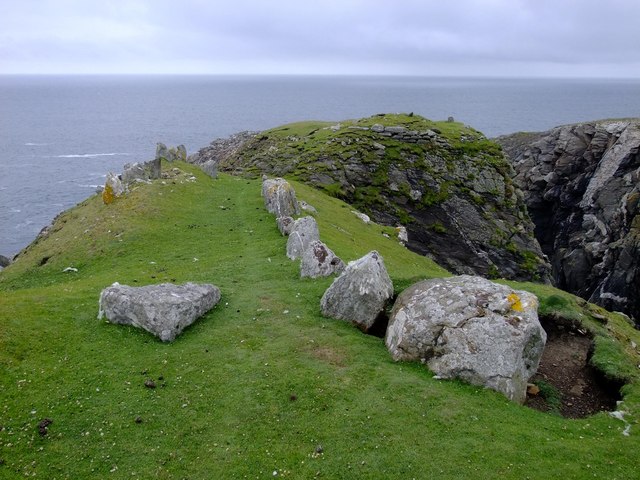
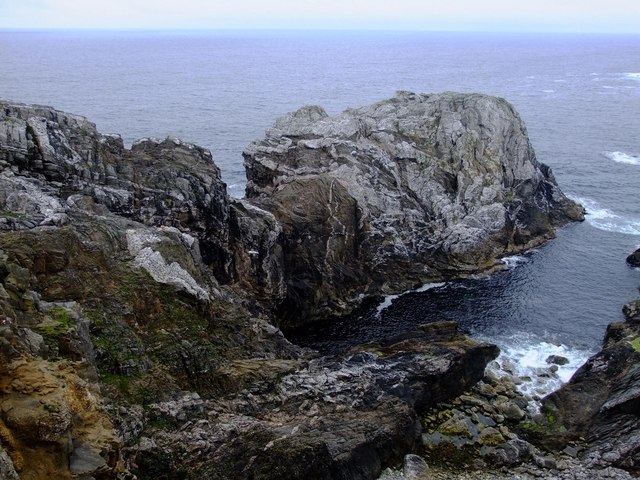
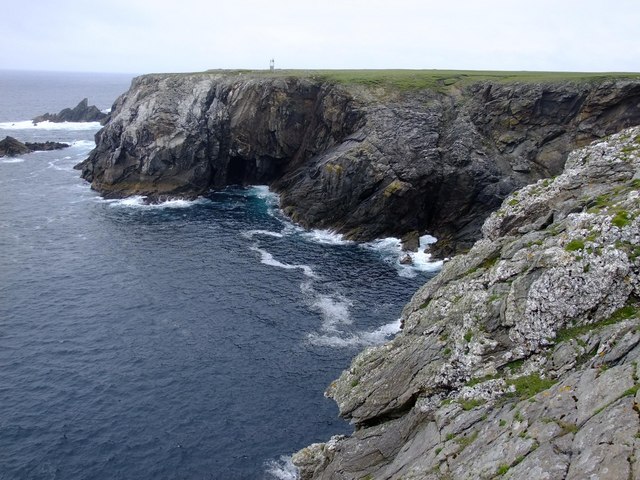
Eegittle is located at Grid Ref: HP4703 (Lat: 60.714486, Lng: -1.1278626)
Unitary Authority: Shetland Islands
Police Authority: Highlands and Islands
What 3 Words
///dribble.guidebook.votes. Near Gutcher, Shetland Islands
Nearby Locations
Related Wikis
Gloup
Note: Gloup is common in Scottish placenames referring to a sea jet. Gloup is a village in the far north of the island of Yell in the Shetland Islands...
Gloup Holm
Gloup Holm is an islet in the Shetland Islands, lying to the north of Yell. == Geography and geology == Gloup Holm is near to the part of Yell called North...
Cullivoe
Cullivoe (Old Norse: Kollavágr - Bay of Kolli), is a village on Yell in the Shetland Islands. It is in the north east of the island, near Bluemull Sound...
Ern Stack
Ern Stack is a sea stack off Yell, in Shetland, Scotland. The word "ern" means an eagle (it is a cognate of, for example, Swedish "örn"), and it is said...
Bluemull Sound
Bluemull Sound is the strait between Unst and Yell in Shetland's North Isles. A ferry service crosses it regularly. Cullivoe is on the Yell side, and the...
Gutcher
Gutcher is a settlement on the northeast coast of Yell in the Shetland islands. From here, rollon/roll off ferry services to Belmont on Unst and Hamars...
North Isles
The North Isles are the northern islands of the Shetland Islands, Scotland. The main islands in the group are Yell, Unst and Fetlar. Sometimes the islands...
St Olaf's Church, Unst
St Olaf's Church, Unst is a ruined medieval church located on the island of Unst, in Shetland, Scotland, UK. The church was built in the Celtic style,...
Have you been to Eegittle?
Leave your review of Eegittle below (or comments, questions and feedback).
